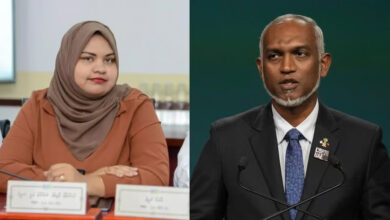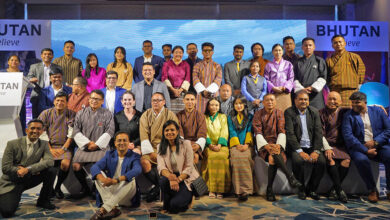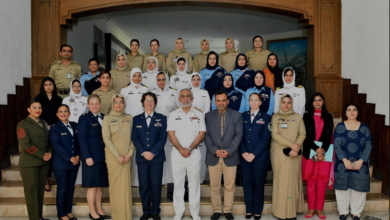2.50 million people are living with AIDS in South Asian countries
High risk practices, such as sex work and injecting drug use, drive the epidemic in the region.

2.50 million people are living with AIDS in South Asian countries with a population of 2,001,267,398. Of this, 2.40 million people are infected with HIV in India alone. Pakistan is South Asia’s second-largest country, is only a few steps behind India and Nepal in terms of the HIV epidemic.
The Government of India estimates that about 2.40 million Indians are living with HIV (1.93 ‐3.04 million) with an adult prevalence of 0.31% (2009). Children (<15 yrs) account for 3.5% of all infections, while 83% are the in age group 15-49 years. Of all HIV infections, 39% (930,000) are among women.

Bangladesh have reported 8,761 patients infected with HIV (human immunodeficiency virus) so far. Of them, 1,588 died, estimating 18.13 percent death rate, according to the Directorate General of Health Services (DGHS).
However, the field of HIV infected patients has increased under the programmes taken by the government. Experts believe, 95 percent of HIV patients will come under treatment by 2030 in compliance with the tasks taken by the government.
Pakistan, South Asia’s second-largest country, is only a few steps behind India and Nepal in terms of the HIV epidemic.
From 1987 to 2003, Pakistan was amid a low-prevalence pandemic. Although no study found substantial HIV in any group before 2002, this may have been owing to a lack of systematic surveillance systems.

In 2003, an HIV outbreak among injection drug users in one city signaled the start of the country’s HIV epidemic. Since then, other studies and the national HIV surveillance program (which began in 2004) have proven a rising epidemic among IDUs, as well as the male and transgender sex workers.
The estimated national HIV prevalence among the age group (15-49) was 0.14 with an estimated number of 29,944, people living with HIV in 2018. Out of that, 59% are males, 41% are females including 4.3% children aged 0-14 years.
To date, 144 HIV cases have been officially reported among Bhutan’s population of about 700,000. UNAIDS estimates that about 500 people could have been living with HIV or AIDS at the end of 2005, which would amount to a prevalence of less than 0.01 percent of the population.
At least 429 people infected with HIV/AIDS have been diagnosed within the last 09 months of this year, the National STD/AIDS Control Programme says.
The infected people include 14 University students and also three school students, according to the National STD/AIDS Control Programme.

Generally, HIV/AIDS infection occurs through the 03 main ways of blood transfusion from an infected individual, from an infected mother to her newborn child and unprotected sex, health officials said.
The number of HIV/AIDS infected cases reported within the country was 410, in the year 2021, according to statistics.
There are currently 22 HIV-positive cases in the Maldives.
HIV was first detected in the Maldives in 1991. As per HPA statistics, 39 AIDS cases have been recorded in the country since then, as of the end of last year. They are six women and 33 men.
In a statement issued on the occasion of International AIDS Day, the Health Protection Agency (HPA) said that 15 people have died of HIV in the Maldives until now and that 22 people are receiving treatment for the disease.
Provincial Public Health officials in Kandahar, in the south of Afghanistan, have said that the positive cases of HIV/AIDS have slightly increased in the province.

Figures from the provincial public health directorate show that 107 cases of HIV/AIDS have been reported in the province since 2010. Women and children are also among those infected with the virus.
In 2016, the department registered 18 cases in the province while they registered 20 cases of HIV/AIDS in 2017.
“In past eight years from 2010 to 2017, we registered 107 HIV/AIDS cases including 11 women, 92 men and 4 children,” Humyun Rahmani, head of HIV Control Department of Kandahar, told TOLOnews.
He added: “In 2016, we registered 18 cases of HIV/AIDS and in 2017 we registered 20 cases of HIV/AIDs. Among them were two women.”




